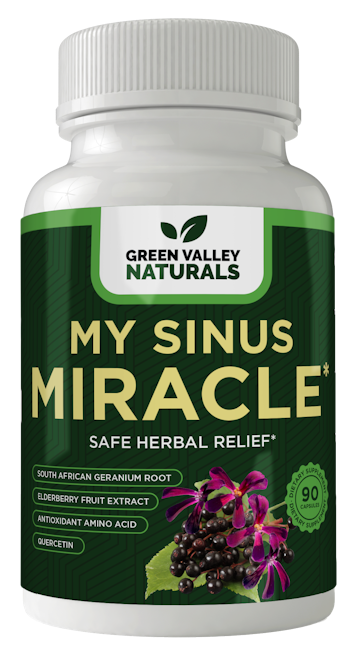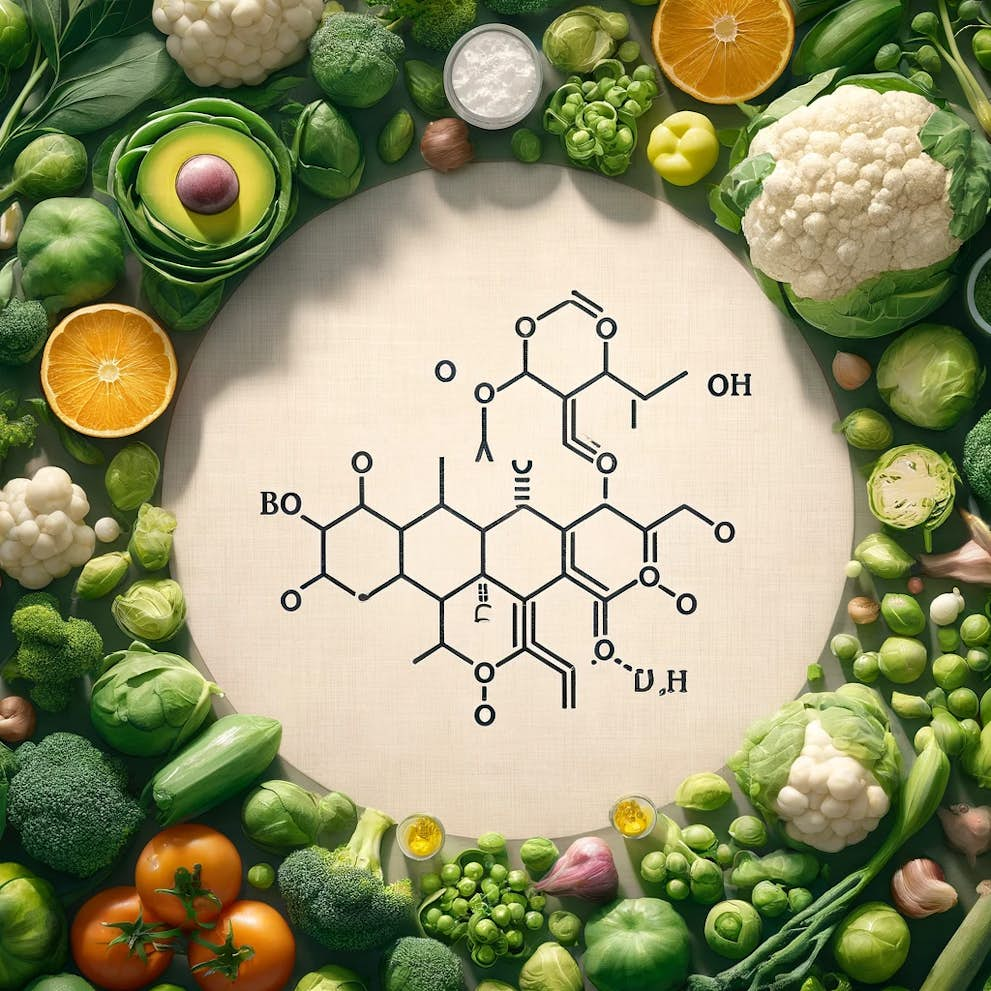
Indoor air in your home or office can be filled with toxins from chemicals used for cleaning or “off-gassing” from furniture. Fortunately, there’s an easy solution to purify your air and protect your health. I’m not talking about an expensive air purifier—although those can work—I’m talking about a simple, easy, affordable solution from Mother Nature… plants.
Not only has science shown that plants make you feel better, reduce your stress levels, improve your concentration and are aesthetically pleasing, they’re also great air cleaners. And new research shows they can tackle everything from toxic chemicals to viruses such as COVID-19.
Here’s what you need to know…
Whether it’s a croton or a dumb cane, a king of hearts or a warneckeii, indoor plants can swallow up toxins and clean the air.
While that’s old news to many, new research shows for the first time that plants can also mop up toxic gasoline fumes that seep into our homes and deactivate pathogenic bacteria and viruses such as COVID-19.
Indoor Air Is More Toxic Than Ever Before
Each year across the globe The World Health Organization (WHO) estimates seven million people die prematurely from diseases caused by air pollution.1 In the U.S., air pollution accounts for 100,000 deaths a year.2 And those are only the deaths directly linked to air pollution—there are scores more indirectly linked to toxins in the air.
And it might surprise you to know that almost half of these deaths are from indoor air pollution, not outdoor air pollution. That’s because air within homes and buildings can be more polluted than the air outside. And since people spend 90 percent of their time indoors “the risks to health from exposure to indoor air pollution,” the Centers For Disease Control (CDC) reports, “may be greater than risks from outdoor pollution.”3
There are multiple types of pollutants found indoors released by furniture, carpets, curtains, building materials and much else, but the ones of most concern are chemicals found in household products that vaporize and turn into gases. These are called volatile organic compounds (VOCs). Levels of these pollutants can be up to five times higher inside homes compared to outside.
The products they are released from include paints, varnishes, floor waxes, polishes, air fresheners, glues, and many cleaning, disinfecting, cosmetic, and degreasing products. These noxious chemicals affect people of all ages but in adults they give rise to asthma, chronic obstructive pulmonary disease, lung cancer, coronary heart disease, stroke, and diabetes. They’ve also been linked to dementia in seniors.4
Reducing exposure is vital if you want to stay healthy and indoor plants can help.
Cleans Up Skylab
The ability of plants to clean up the environment was discovered in the 1960s when BC “Bill” Wolverton, an environmental scientist who headed a U.S. military research facility, found swamp plants could eliminate the herbicide, Agent Orange.
To continue this line of investigation he joined NASA’s Stennis Space Center. His initial research looked at how plants clean wastewater. He then moved on to see if plants could clean a multitude of toxins – 107 VOCs - found inside the Skylab space station to be exact.
The answer was yes, they can!
A dozen varieties of houseplant were tested for their ability to remove various pollutants and discover which plants performed best with different pollutants. He discovered plants draw pollutants out of the air and into the soil and roots. This is where most of the cleanup operation takes place. The more air that circulates around the roots the better. Once there, microorganisms neutralize the toxins as well as pathogenic bacteria and viruses.5
Wolverton detailed his findings in his 1996 book, Eco-friendly Houseplants: 50 Indoor Plants That Purify the Air.
Research into how indoor plants purify the air continues to this day, and in 2023 two new studies show their abilities are even more potent than we thought.
Indoor Plants Release A Disinfectant
Scientists in Canada have just discovered that indoor plants release hydrogen peroxide into the air.
This chemical - which is water with an extra oxygen molecule (H2O2) – may be found in a brown bottle in people’s medicine cabinets because the antiseptic liquid it contains treats cuts and wounds to the skin and kills germs.
Today it’s not generally advised as a first aid agent because it’s considered too harsh to use on the skin, but it can be used around the home for cleaning and disinfecting surfaces, breaking down colored compounds and removing household stains. You can also find it in tooth whiteners and mouthwash.
Hydrogen peroxide can accomplish these feats because it’s a powerful oxidizing agent, capable of killing bacteria and fungi, deactivating viruses and more.
Although indoor plants produce H2O2 for internal cellular functions, they have never been shown to release it into the atmosphere. Until now.
Deactivates COVID-19
Tests carried out by researchers at the University of Victoria, British Columbia, discovered for the first time that indoor plants produce H2O2 in transpired (exhaled) water vapor.
In their testing of three indoor plants, they found the African violet produced the most hydrogen peroxide followed by devil’s ivy and the American rubber plant. They believe the variation among plants is due to differences in leaf surface area, pore size and plant structure.
In their research paper they suggest their finding “further implicates plants as a viable nature-based solution for air quality improvement and to defend against pathogenic outbreaks of infectious diseases [and that] indoor plants could contribute to deactivation of pathogenic bacteria and viruses (such as airborne COVID-19 in homes and workplaces).”6
So, not only can plants deactivate these pathogens after they are drawn to the roots, but they can also attack them directly in the air.
Dr. Simon Williams, a sociologist from Swansea University in Wales, explained, saying, “If evidence like this grows, then low-cost behavior, like buying more plants, would likely be something that people would much more be willing to do than some other things, like mask wearing or social distancing.
“The challenge will be in communicating to the public that things like having more indoor plants can help indoor air quality and reduce the spread of airborne viruses.”7
And the good news doesn’t stop there, especially if you live or work near a busy road or the building is situated close to a parking lot.
Living Walls Remove Gasoline Fumes In Hours
More groundbreaking research - this time by scientists at the University of Technology, Sydney, Australia - found indoor plants are highly effective at stripping toxic, cancer-causing gasoline fumes such as benzene from the air. This is an important finding since these fumes are a major source of toxic compounds found in buildings throughout the world.
Many buildings, both commercial and residential, are not only situated close to roads and highways but may be directly connected to parking garages by doors or elevators, allowing toxic compounds to seep into the building.
These compounds, once inhaled, can irritate the lungs, and enter the bloodstream. This can lead to a wide range of symptoms such as breathing difficulties, coughing or wheezing, headache, dizziness, and lethargy. Long term exposure has been linked to an increased risk of cancer and other chronic conditions and reduced life expectancy.
Their study was conducted in collaboration with Ambius, who are experts in workspace plant design, including the creation of green or living walls containing collections of plants.
They discovered, based on measurements from a sealed chamber, that a small green wall containing different indoor plants can remove 97 percent of the most toxic contaminants from the surrounding air in just eight hours.
“Results are astonishing”
Associate Professor Fraser Torpy, who led the research, said the results far exceeded his expectations.
“This is the first time plants have been tested for their ability to remove petrol-related compounds, and the results are astounding.
“Not only can plants remove the majority of pollutants from the air in a matter of hours, they remove the most harmful petrol-related pollutants from the air most efficiently. For example, known carcinogen benzene is digested at a faster rate than less harmful substances, like alcohols.
“We also found that the more concentrated the toxins in the air, the faster and more effective the plants became at removing the toxins, showing that plants adapt to the conditions they’re growing in.”
Ambius General Manager Johan Hodgson added: “We know that indoor air quality is often significantly more polluted than outdoor air, which in turn impacts mental and physical health. But the great news is this study has shown that something as simple as having plants indoors can make a huge difference.”8
But Which Indoor Plants Should You Choose?
It seems all plants have the capacity to neutralize toxins but since people may have concerns about specific toxins in their homes or workplaces, a new ‘pollutant absorption system’ has been developed from the research carried out at NASA as previously described.
The London retailer Plant Drop, in conjunction with healthcare communications agency McCann Health London worked with the most senior botanist at Oxford University, Chris Thorogood, to categorize everyday indoor plants in order of their pollution absorbing properties.
Dr. Thorogood said: “Plants are natural smart filters for indoor pollutants. Nature has been tried and tested by evolution for hundreds of millions of years, so what better solution can there be for a natural air purifier?”
Guy Swimer of McCann Health London added: “Revisiting NASA’s research and teaming up with leading botanists across the world to identify the pollution-tackling properties of each plant was a detailed process.
“Our hope is that more nurseries and retailers adopt the pollutant absorption system, so that we can all become better informed about the health benefits plants can bring.”9
Since indoor air contains thousands of toxins, the pollutant absorption system focuses on five commonly found in homes. They are as follows with common sources of exposure.
1. Xylene: gasoline, paint, varnish, shellac, rust preventives, cigarette smoke and e-cigarette vapor.
2. Trichloroethylene: degreasers for use in automotive products, adhesives, varnishes, cleaning fluids for rugs, paint removers/strippers, spot removers, typewriter correction fluids, cigarette smoke.
3. Benzene: exhaust from motor vehicles, plastics and synthetic fibers, glues, paints, furniture wax, detergents, cigarette smoke, e-cigarette vapor, burning candles.
4. Formaldehyde: antiseptics and cleaning agents, carpets and permanent-press fabrics, cigarette smoke, cosmetics, fertilizers, insulation materials, plywood, paints and varnishes, glues, some hair products
5. Ammonia: cleaning products, floor waxes, smelling salts, hair dyes, hair straightening mixtures and garden fertilizers.
Using The Pollutant Absorption System
The pollutant absorption system is free and available so any retailer can adopt it to label their houseplants and any individual can scan any of the 41 plants from aloe vera to the ZZ plant listed on their website to see what toxins they remove.10
Some star performers are the lady palm/bamboo palm and peace lily. These can remove all five toxins. Devil’s ivy/potos, snake plant, and Janet Craig can remove four of the five.
Dom Butler, founder of Plant Drop, explained, saying, “Our new e-commerce tool transforms the way we shop for plants.
“Instead of buying them based on their looks, people can now buy them based on their lifestyle, whether they’ve moved into a new home, have pets or burn scented candles.”
As previously mentioned, the plant roots and soil do the bulk of the work, so designers from Germany set about creating a plant pot to increase air flow to these areas and so maximize the detox potential of indoor plants. It’s called the AIRY pot. They later produced the AIRY box. Both are available online.
Best regards,
The Green Valley Team
1 https://ourworldindata.org/data-review-air-pollution-deaths
2 https://twin-cities.umn.edu/news-events/identifying-sources-deadly-air-pollution-united-states
3 https://www.cdc.gov/nceh/publications/books/housing/cha05.htm
4 https://www.gov.uk/government/publications/chief-medical-officers-annual-report-2022-air-pollution
5 https://spinoff.nasa.gov/Spinoff2007/ps_3.html
6 https://www.researchsquare.com/article/rs-2635805/v1
8 https://www.uts.edu.au/news/health-science/plants-remove-cancer-causing-toxins-air



